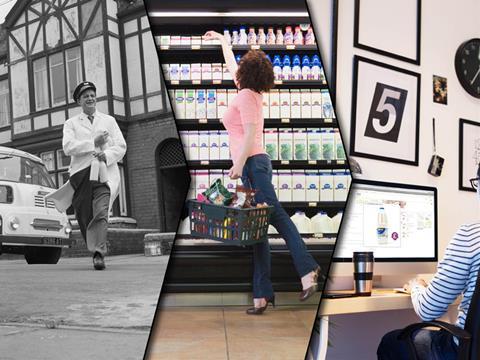
Despite all the hype, online still represent a tiny part of the overall grocery market: just 5%, according to IGD - the smallest channel of all.
But, like good Cheddar, it’s maturing fast. According to Kantar Worldpanel, online spend was up 15% online for the 12 weeks to 21 June 2015 - the fastest growing channel of all.
In July, IGD shopper insight manager Vanessa Henry said this “rapid growth curve” would see spending almost double by 2020, to £17.2bn. She also predicted it would have 8.6% of grocery sales by then.
There are several reasons for this. Mainly that the mults are dedicating more time and energy to online; and customers, increasingly familiar and comfortable with online grocery shopping, are responding in kind. According to IGD, 27% of Brits shop online for groceries compared with 22% in 2010, and the majority of shoppers who shop online “regularly” started two or more years ago.
But it’s not just frequency that counts. The categories they are buying are evolving, too. Whereas once online was popular among consumers looking to relieve the hassle of manhandling bulky purchases like nappies or soft drinks, now they are broadening their baskets. And categories that once under-indexed online are starting to punch their weight.
Dairy is one of those categories that has historically underindexed, because of the perception among online shoppers that chilled products wouldn’t arrive in their fridges as fresh as if they had picked them up in person.
However, stakeholders from the major grocers to online independents have been working hard to change that perception, starting by delivering dairy fresher and faster, says Philip Edge, founder of independent online grocer Bearfaced Groceries.
“Dairy products haven’t always sat at the top of the online shopping list, but the area is growing fast due to developments in packaging technology,” he says. “Not only has packaging been developed to allow chilled goods to be kept at the optimum temperature for 48 hours, the courier network has also grown, meaning the whole process is more reliable and slicker than ever before.”
That avoids short-dated or substandard goods, adds Edge - problems also cited by Henry as barriers to e-commerce entry. She says issues key to the dairy category, like longer use-by dates, are a “key reason to encourage [shoppers] to start shopping online, or to use it more regularly”.
It’s why Henry says Sainsbury’s online pickers are now trained to choose chilled items like milk with the longest shelf life possible, while Tesco tells customers its pickers are as “picky as you are” when it comes to choosing short shelf-life products like yoghurts.
As for indie Bearfaced, it uses a ‘buy to order’ strategy so “fresh stock leaves for the customer on the same day it arrives from the producer, rather than being held up in warehouses or waiting around on supermarket shelves,” says Edge.
“Our ‘day one for day three’ model ensures customers enjoy fresher produce than they would typically receive from the traditional supermarket system. And looking at online dairy as a whole, we see shifts in companies’ infrastructures and communications in order to make the delivery of items like cheese and milk more viable and reliable.”
Moving mainstream
And it’s working. A look at the Top 100 online grocery brands survey carried out by CheckoutSmart in July shows the biggest climbers were Müllerlight and Yeo Valley, which climbed 11 and eight places respectively to sit at number 15 and number 24. Overall, 14 dairy brands made the Top 100 and 11 either maintained or increased their ranking on 2014.
“In 2015, the average online spend on dairy was £10.06, which is 12.2% of the total basket, or £1 in every £8 spent by online shoppers on grocery,” says Chris Howarth, founder and general manager of CheckoutSmart and author of the report.
“That’s a rise of 9.9% in just one year, which is very strong growth,” he adds. “And in 2015, 94% of baskets contained at least one item of dairy. We see more mainstream categories appearing in online baskets and dairy is the definition of mainstream. So the dairy category is a great example of how traditional grocery is now becoming a bigger part of the online shop.”







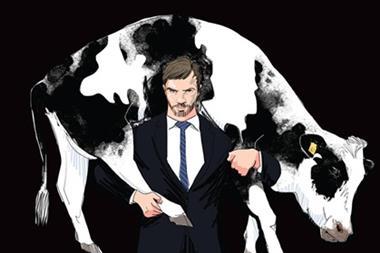


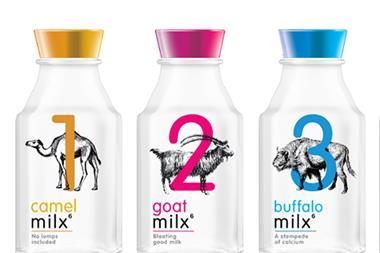




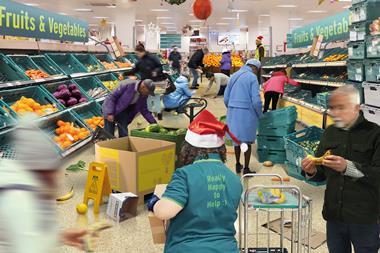
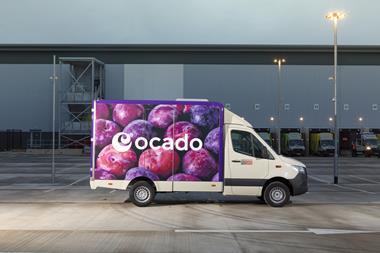


No comments yet